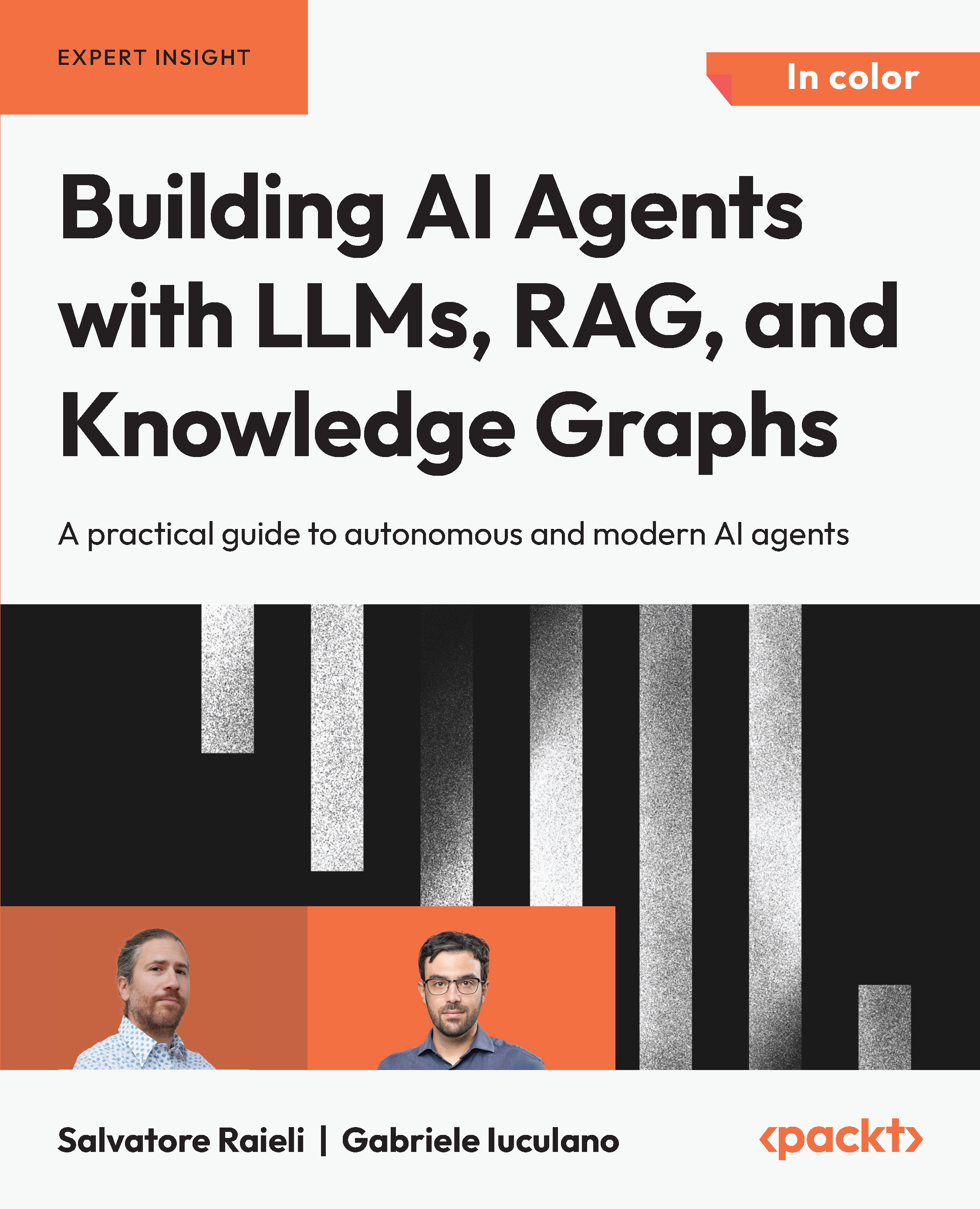1. Where Should Beginners Start: Python or Data Science?
The conversation kicked off with a classic dilemma. Should learners start with Python basics or jump straight into data science?
Juan’s advice was simple and rooted in experience.Start with Python, but not in a way that traps you in endless syntax drills. Instead, learn Python with a purpose. Focus on the parts of the language that matter for data work.
You do not need to become a software engineer before becoming a data practitioner. But you do need enough fluency to manipulate data, write reusable code, and understand how your tools work behind the scenes.
Python is not just another skill. It is the language that holds your entire workflow together.
What matters most at the start:
Knowing how to work with lists and dictionaries
Reading and writing files
Understanding functions and basic logic
Getting comfortable with problem solving
Once these fundamentals feel natural, transitioning into data science becomes far more enjoyable.
2. Closing the Gap Between Syntax and Real Data Science Work
Many learners understand Python basics but freeze when facing a blank project. They know what a loop is but not how to apply one in a data pipeline. They understand lists but not how to use them in a transformation.
Juan explained that this is not a lack of skill. It is a mindset shift that has not yet fully developed.
Data science is less about writing isolated lines of code and more about seeing the bigger picture. It requires thinking insystems and workflowsrather than steps.
You move from:
“How do I write this line of code?”
to
“How do I design a process that answers this question?”
Unlock access to the largest independent learning library in Tech for FREE!
Get unlimited access to 7500+ expert-authored eBooks and video courses covering every tech area you can think of.
Renews at $19.99/month. Cancel anytime
You start seeing your work as a sequence of stages:
Load. Clean. Explore. Transform. Model. Evaluate. Communicate.
This shift is what turns a coder into a data practitioner.
3. How to Approach a Real Data Science Problem
One of the most valuable parts of the AMA was Juan’s breakdown of what to do when facing a new data science project from scratch. Instead of jumping into libraries or algorithms, he recommended focusing on three checkpoints that define successful work.
Checkpoint 1: Understand Data Quality
Before choosing a model or writing transformations, you must examine the data. Learn to recognise missing values, duplicated rows, strange outliers, or mislabeled categories. This is where the bulk of practical skill is formed.
Checkpoint 2: Choose the Right Modeling Approach
Is this a classification problem? A regression? A time series forecast? A clustering experiment?
Knowing what problem you are solving is more important than the model itself.
Checkpoint 3: Define Evaluation Metrics Early
Accuracy is not always the right metric. Sometimes you need precision, recall, AUC, F1, RMSE, or business specific KPIs.
Thinking about metrics early forces clarity.
Together, these checkpoints create a stable foundation for any analysis.
4. How Tiny Python Mistakes Can Break Entire ML Workflows
Juan shared a humorous yet painful story about how a single indexing mistake caused inconsistencies across an entire machine learning pipeline. The model trained successfully. The predictions looked plausible. But the results made no sense.
The culprit was a tiny transform that shifted rows.
This resonated deeply with the audience because it illustrates a truth that every data practitioner eventually learns.Machine learning magnifies small mistakes.
One misaligned array. One swapped column. One incorrect filter. One wrong assumption during data cleaning.
This is why debugging is one of the most underrated data science skills. Being patient, methodical, and curious makes you far more effective than knowing every library function.
5. What Makes a Portfolio Stand Out to Employers
Perhaps the most practical part of the AMA was Juan’s guidance on portfolio building. Many learners build beautiful notebooks that fail to impress employers simply because they focus on the wrong things.
Juan broke down the three elements that make a portfolio truly meaningful.
1. Use Real World Data
Avoid overused toy datasets. Instead, explore domains you care about. Scrape data. Gather logs. Use messy CSVs. These reveal how you work, not how well you follow tutorials.
2. Show Your Thinking
Employers want to know why you chose an approach, what decisions you made, and how you debugged problems. Narrative clarity matters just as much as code.
3. Focus on Depth, Not Quantity
Five shallow projects will not beat two strong, thoughtful, well documented projects with clear reasoning and solid results.
A strong portfolio is a story, not a showcase.
 United States
United States
 Great Britain
Great Britain
 India
India
 Germany
Germany
 France
France
 Canada
Canada
 Russia
Russia
 Spain
Spain
 Brazil
Brazil
 Australia
Australia
 Singapore
Singapore
 Canary Islands
Canary Islands
 Hungary
Hungary
 Ukraine
Ukraine
 Luxembourg
Luxembourg
 Estonia
Estonia
 Lithuania
Lithuania
 South Korea
South Korea
 Turkey
Turkey
 Switzerland
Switzerland
 Colombia
Colombia
 Taiwan
Taiwan
 Chile
Chile
 Norway
Norway
 Ecuador
Ecuador
 Indonesia
Indonesia
 New Zealand
New Zealand
 Cyprus
Cyprus
 Denmark
Denmark
 Finland
Finland
 Poland
Poland
 Malta
Malta
 Czechia
Czechia
 Austria
Austria
 Sweden
Sweden
 Italy
Italy
 Egypt
Egypt
 Belgium
Belgium
 Portugal
Portugal
 Slovenia
Slovenia
 Ireland
Ireland
 Romania
Romania
 Greece
Greece
 Argentina
Argentina
 Netherlands
Netherlands
 Bulgaria
Bulgaria
 Latvia
Latvia
 South Africa
South Africa
 Malaysia
Malaysia
 Japan
Japan
 Slovakia
Slovakia
 Philippines
Philippines
 Mexico
Mexico
 Thailand
Thailand
















